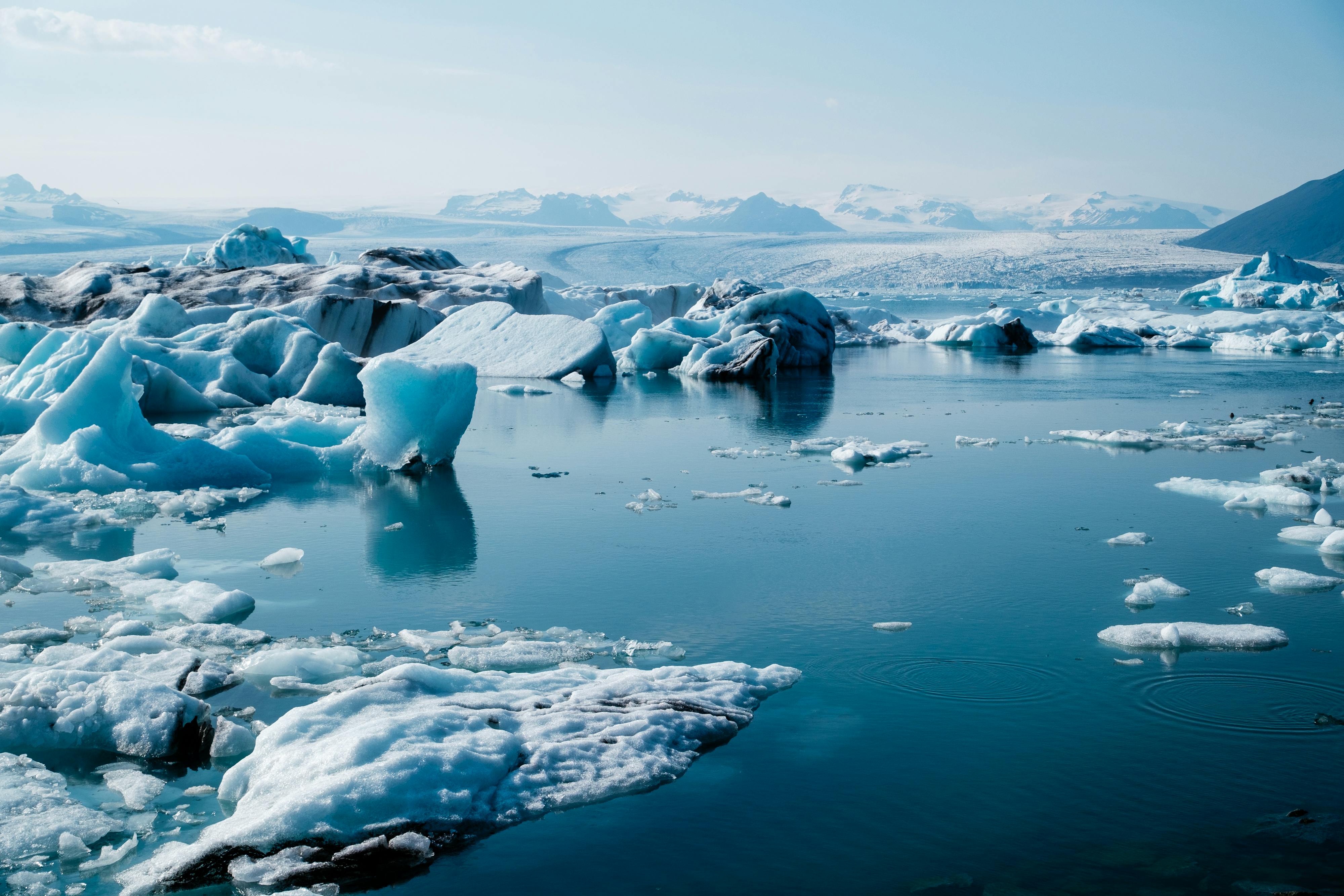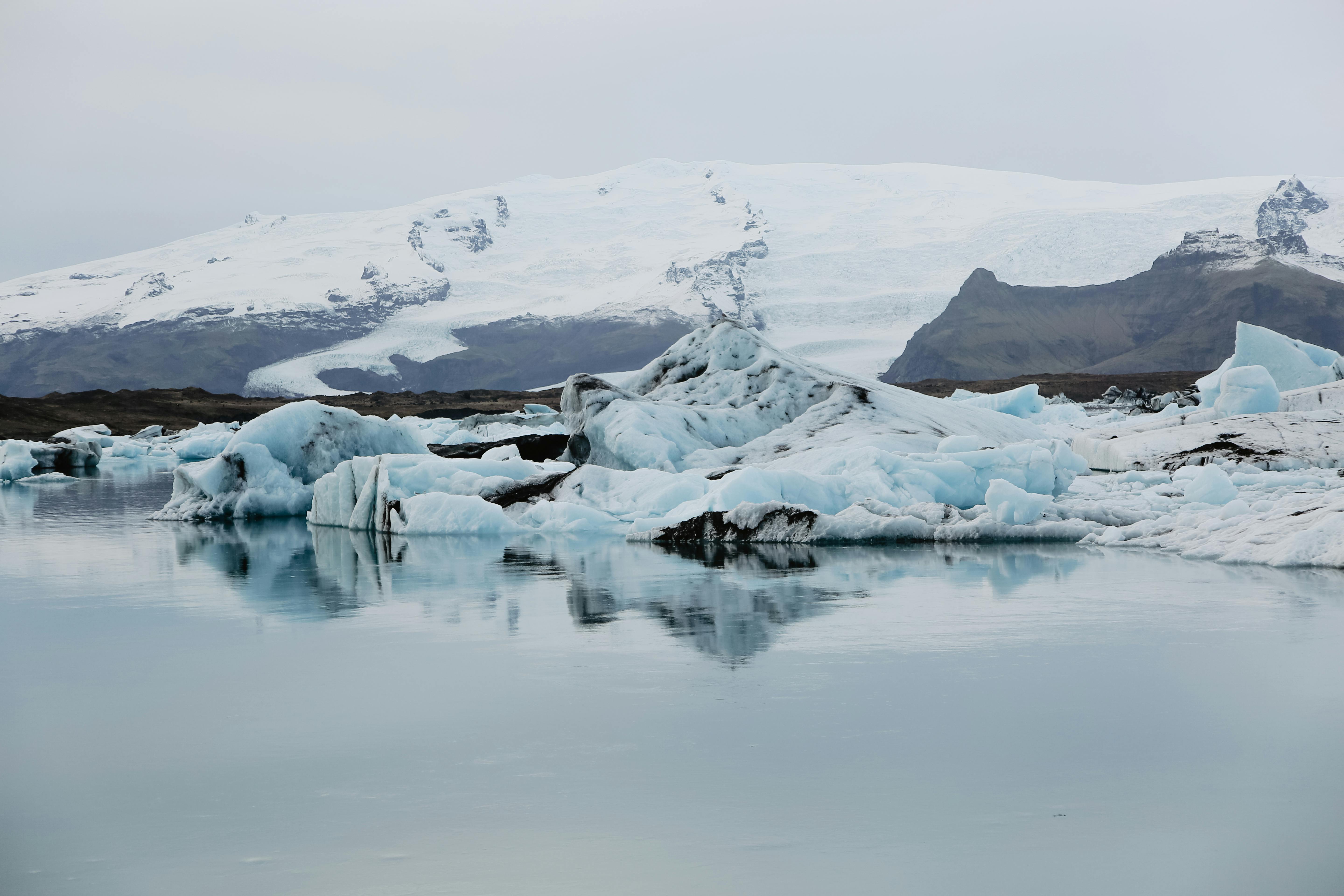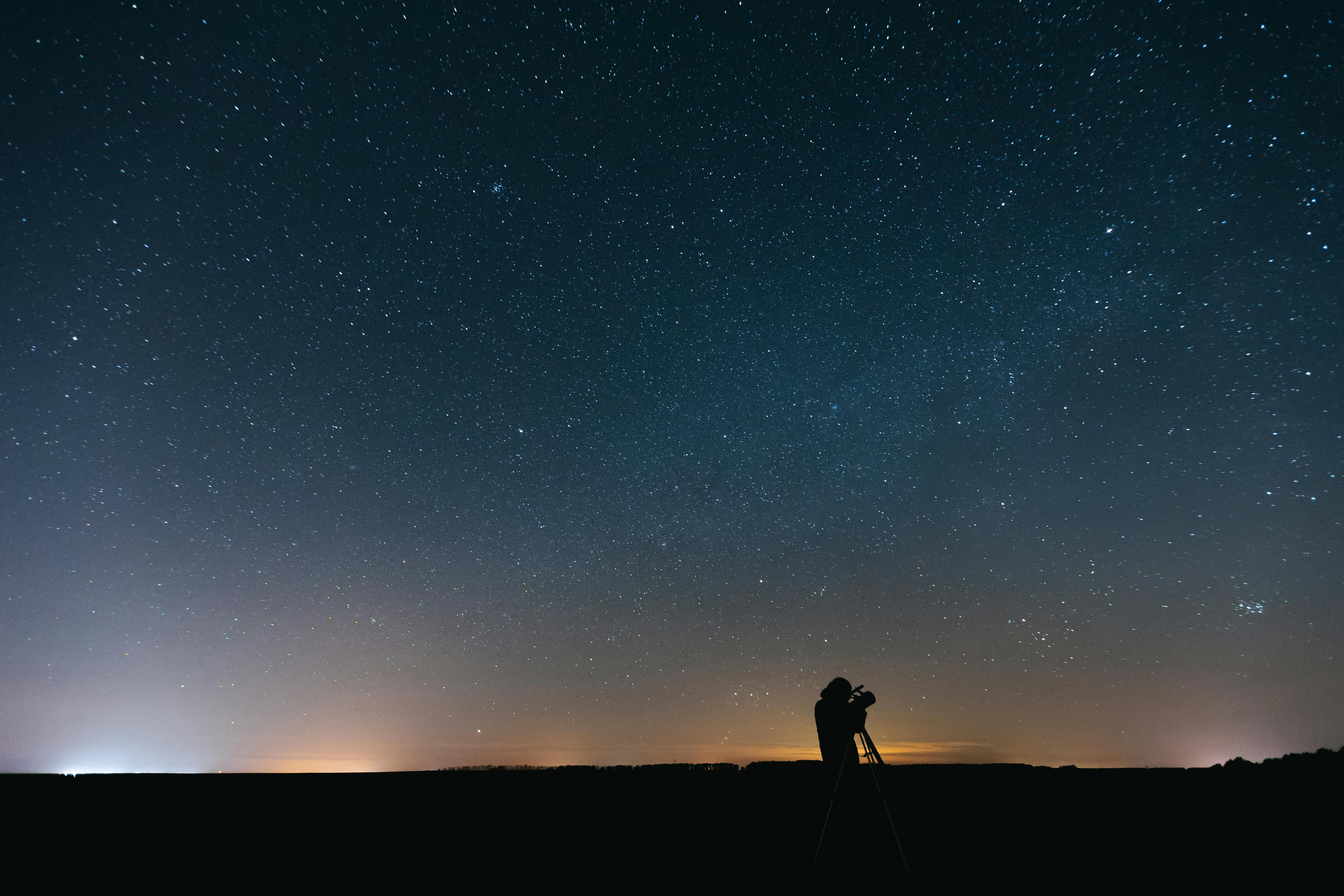
Glacier Bay National Park represents one of Alaska's most spectacular natural wonders, accessible only by boat or seaplane. This UNESCO World Heritage Site encompasses 3.3 million acres of rugged mountains, dynamic glaciers, temperate rainforest, wild coastlines, and deep sheltered fjords. For cruise passengers, it offers a unique scenic cruising day where the ship itself becomes your viewing platform for one of nature's most dramatic displays.
Limited Access: Only two cruise ships are permitted per day in Glacier Bay, making this a coveted and exclusive experience on Alaska itineraries.
Park Rangers Aboard: National Park Service rangers board your ship at Bartlett Cove to provide expert narration throughout the scenic cruising day.
No Port Stop: This is a scenic cruising day - ships navigate the bay for wildlife and glacier viewing but don't dock anywhere within the park.
What Makes Glacier Bay Special
Glacier Bay offers the highest concentration of tidewater glaciers on the planet. The bay itself is a recent geological phenomenon - just 250 years ago, it was entirely filled with ice. Today, it stretches 65 miles from the ocean to the back of the deepest inlets, providing cruise passengers with an unparalleled journey through landscapes that have been revealed by retreating ice.
Ready to Experience Glacier Bay?
Find the perfect Alaska cruise with exclusive Glacier Bay permits.
Find Alaska CruisesGlacier Viewing Highlights

Margerie Glacier
The star attraction for most cruises, this mile-wide tidewater glacier rises 250 feet above the waterline with ice extending 100 feet below. Ships typically spend 30-60 minutes here, allowing passengers to witness and hear the thunderous crack of calving ice. The glacier advances 6-8 feet per day, making it one of the few advancing glaciers in the park.
Grand Pacific Glacier
Adjacent to Margerie, this glacier sits at the Alaska-Canada border and appears darker due to the rock and sediment it carries. Together with Margerie, it creates Tarr Inlet's dramatic glacial amphitheater.
Johns Hopkins Glacier
Weather and ice conditions permitting, some cruises venture into Johns Hopkins Inlet to view this massive glacier and the surrounding peaks that rise over 6,000 feet directly from sea level.
Lamplugh Glacier
Known for its striking blue ice, Lamplugh Glacier offers another spectacular tidewater glacier experience on the western side of the bay.
Wildlife Viewing Opportunities

Marine Mammals
- • Humpback whales (summer feeding grounds)
- • Orca pods occasionally spotted
- • Steller sea lions on South Marble Island
- • Harbor seals on floating ice
- • Sea otters in kelp beds
Birds & Land Animals
- • Bald eagles soaring overhead
- • Puffins (tufted and horned)
- • Brown bears along shorelines
- • Mountain goats on steep cliffs
- • Arctic terns and kittiwakes
Best Viewing Spots on Your Ship
Prime Locations for Glacier Bay Viewing
- Forward Observation Decks: Usually decks 10-12, offering panoramic views as the ship approaches glaciers
- Promenade Decks: Protected from wind while maintaining excellent sightlines
- Balcony Cabins (starboard): Right side typically offers best glacier views on northbound approach
- Observation Lounges: Indoor viewing with floor-to-ceiling windows - perfect for unpredictable weather
National Park Ranger Programs
Park Rangers board your ship early in the morning at Bartlett Cove and remain aboard throughout your Glacier Bay cruise. They provide:
- • Live narration from the bridge during glacier approaches
- • Educational presentations in the ship's theater
- • Junior Ranger programs for children
- • Roving interpretation on deck during scenic cruising
- • Native Tlingit cultural presentations
Ready to See Alaska's Wildlife?
Book your Glacier Bay cruise and witness incredible wildlife in their natural habitat.
Explore Alaska CruisesPhotography Tips for Glacier Bay

- Bring a telephoto lens: Wildlife and glacier details benefit from 200-400mm range
- Protect from spray: Glacier calving creates waves - keep lens cloths handy
- Shoot in burst mode: Capture the moment of ice calving into the water
- Include scale references: Other ships, kayakers, or birds help show glacier magnitude
- Best light: Early morning and late afternoon offer dramatic shadows on ice formations
What to Bring for Your Glacier Bay Day
Essential Items
- • Warm, waterproof jacket
- • Hat and gloves (even in summer)
- • Binoculars for wildlife viewing
- • Camera with extra batteries
- • Sunglasses and sunscreen
Nice to Have
- • Layered clothing system
- • Scarf or neck gaiter
- • Thermos for hot beverages
- • Field guide for Alaska wildlife
- • Waterproof phone case
Start Planning Your Glacier Bay Adventure
Limited permits make Glacier Bay exclusive. Reserve your spot today.
View Available CruisesWeather & Conditions
Glacier Bay weather is notoriously unpredictable. Even in summer, temperatures on deck can range from 40-60°F (4-15°C), and it's typically 10-15 degrees cooler near the glaciers due to katabatic winds flowing off the ice. Rain is possible any day, with July and August being the driest months. May and September cruises should prepare for colder conditions.
Cruise Lines Visiting Glacier Bay
Due to strict environmental protections, only select cruise lines have permits to enter Glacier Bay. Major lines with regular access include Princess, Holland America, Norwegian, and select smaller expedition cruise operators. The two-ship-per-day limit means not all Alaska cruises include Glacier Bay - verify this when booking if it's a priority.
Planning Your Glacier Bay Day
Typical Glacier Bay Timeline
Ready to Experience Glacier Bay?
Find your perfect Alaska cruise with guaranteed Glacier Bay access
Search Alaska Cruises →Insider Tips for Glacier Bay
Book starboard cabins northbound, port southbound: These typically offer the best glacier views, though ships rotate for equal viewing.
Attend the Ranger talks: Learn about glacier formation, wildlife behavior, and Tlingit culture from experts.
Wake up early: Wildlife is most active in morning hours, and you'll beat crowds to the best viewing spots.
Listen for calving: Turn off music and conversations - the sound of cracking ice carries for miles.
Pack patience: Ships wait for optimal viewing conditions - glacier approaches depend on ice, weather, and wildlife.
Glacier Bay National Park offers a once-in-a-lifetime experience that epitomizes the raw beauty and power of Alaska's wilderness. As your ship glides through waters that were solid ice just generations ago, you'll understand why this UNESCO World Heritage Site remains one of cruising's most sought-after destinations.